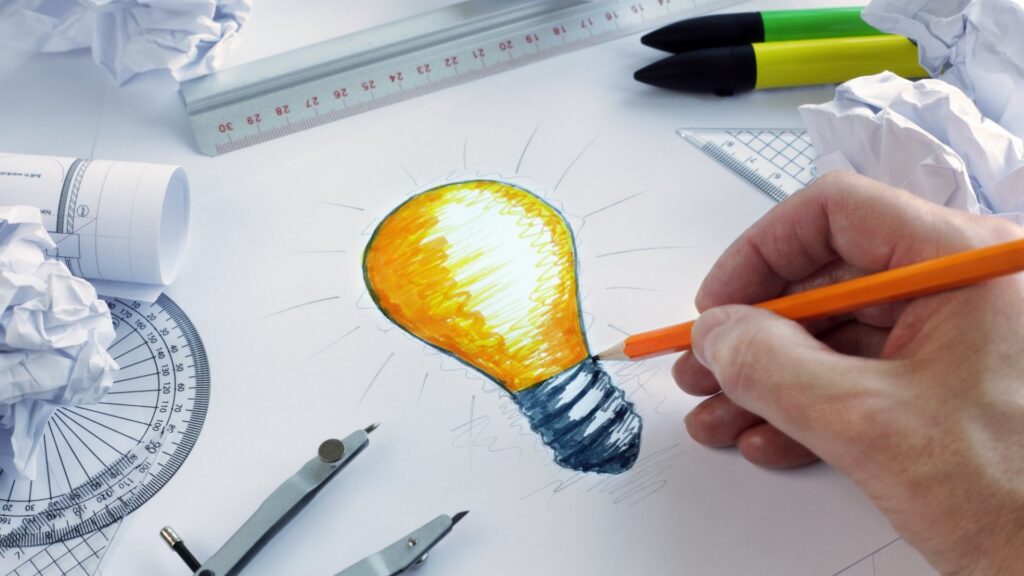
Product design is the process of creating and developing new products or improving existing ones with the goal of meeting specific user needs and solving particular problems. It encompasses a wide range of activities, from conceptualizing ideas to crafting the final product. Product design is not just about the physical appearance of a product; it also includes considerations about functionality, usability, manufacturability, and overall user experience.
Key aspects of product design include:
1) Idea Generation:
This is the initial phase where designers brainstorm and come up with various ideas for potential products. These ideas are often based on market research, user feedback, and innovative concepts.

2) Concept Development:

After generating ideas, designers refine and develop concepts for the product. This involves creating sketches, diagrams, and mock-ups to visualize how the product might look and function.
Concept Development: After generating ideas, designers refine and develop concepts for the product. This involves creating sketches, diagrams, and mock-ups to visualize how the product might look and function.
Prototyping: A prototype is a working model of the product, often created using different materials and technologies. Prototypes allow designers to test and validate their ideas, gather feedback, and make necessary improvements before moving forward with production.
Testing and Iteration: Through testing, designers can identify flaws, weaknesses, and areas for improvement in the prototype. This iterative process involves refining and making changes to the design based on user feedback and testing results.
Materials and Manufacturing Selection: Designers must consider the materials that will be used to create the product and choose manufacturing methods that are both cost-effective and capable of producing the desired quality and quantity.
Aesthetics and User Experience: The visual and tactile aspects of a product are essential for its appeal and usability. Designers work on creating an aesthetically pleasing design that aligns with the brand and resonates with users.
Functionality and Usability: A well-designed product not only looks good but also functions effectively and is user-friendly. Designers consider how the product will be used, ensuring that it provides a positive experience for users.
Market and User Research: Designers conduct research to understand the target market, user preferences, and needs. This informs design decisions and helps create products that resonate with the intended audience.
Sustainability and Environmental Impact: In recent years, there has been a growing emphasis on designing products with sustainability in mind. This includes selecting eco-friendly materials, minimizing waste, and designing products that have a reduced environmental impact.
Finalization and Production: Once the design has been refined and tested, it moves into the production phase. This involves creating detailed specifications for manufacturing and overseeing the production process to ensure the final product matches the intended design.
Overall, product design is a multifaceted discipline that combines creativity, technical knowledge, user-centered thinking, and business acumen to bring innovative and functional products to the market.


